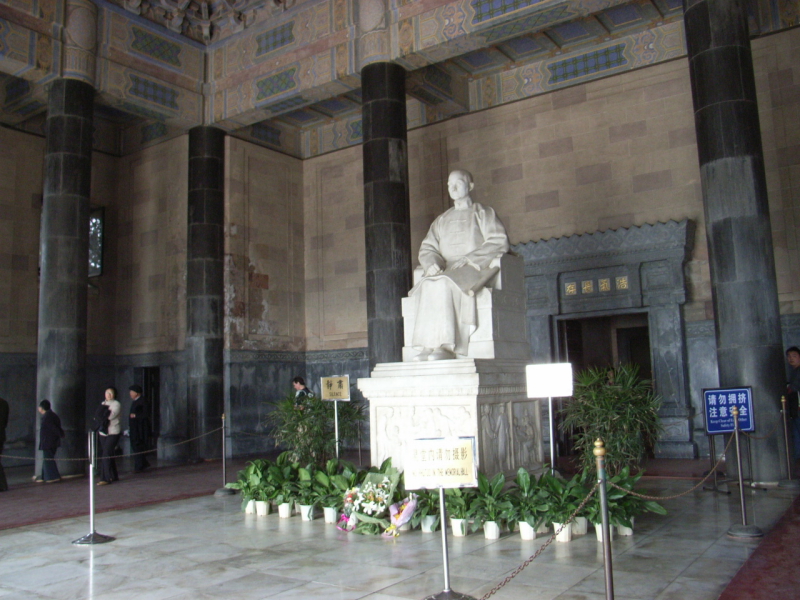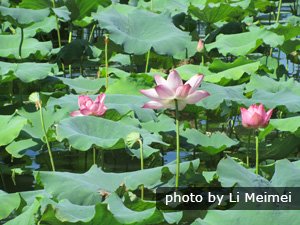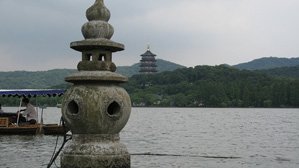Zhongshan Mountain, area of more than 8 million square meters. Zhongshan Mountain start since the spring of 1926 and finished in 1929, in 1961 became the first batch of national key cultural relics protection units, it is also a national key scenic area and national AAAAA level scenic spots.
Zhongshan Mountain is located in the eastern suburbs of Nanjing Zijin Mountain area, the east border Linggu Temple, west of Ming Xiao Mountain, the entire building was built according to the mountain, from south to north along the axis of the main building has gradually increased, the arch, ramps, Mausoleum doors, stone steps, Beiting, the festival hall and tomb, arranged in a central axis China, reflects the traditional architectural style, look down from the air.
A tall granite arch among at the entrance of the tomb, with Sun Zhongshan's hand written "fraternity". From the entrance to the main court has a total of 392 stone steps,represents the Chinese three hundred and ninety-two million people; 8 platform, a symbol of the three people's principles of the five power constitution.
The tomb is build by the blue glazed tile and granite walls. Blue symbolizes the sky, also link to the flag of the Republic of China -- the red ground symbolizes fine day. The blue sky is a symbol of the Chinese nation, lofty personality and ambition.
Opening hours: 7:00-18:00 (exclude Monday)
Ticket price: 90 yuan (including: Zhongshan Mountain, Ming Xiaoling Mausoleum, Linggu Temple)
Reference:http://baike.baidu.com/view/9667.htm
WAJI1D1501 Jiayi(Sara)Wang





































 Hoh Xil
Hoh Xil
